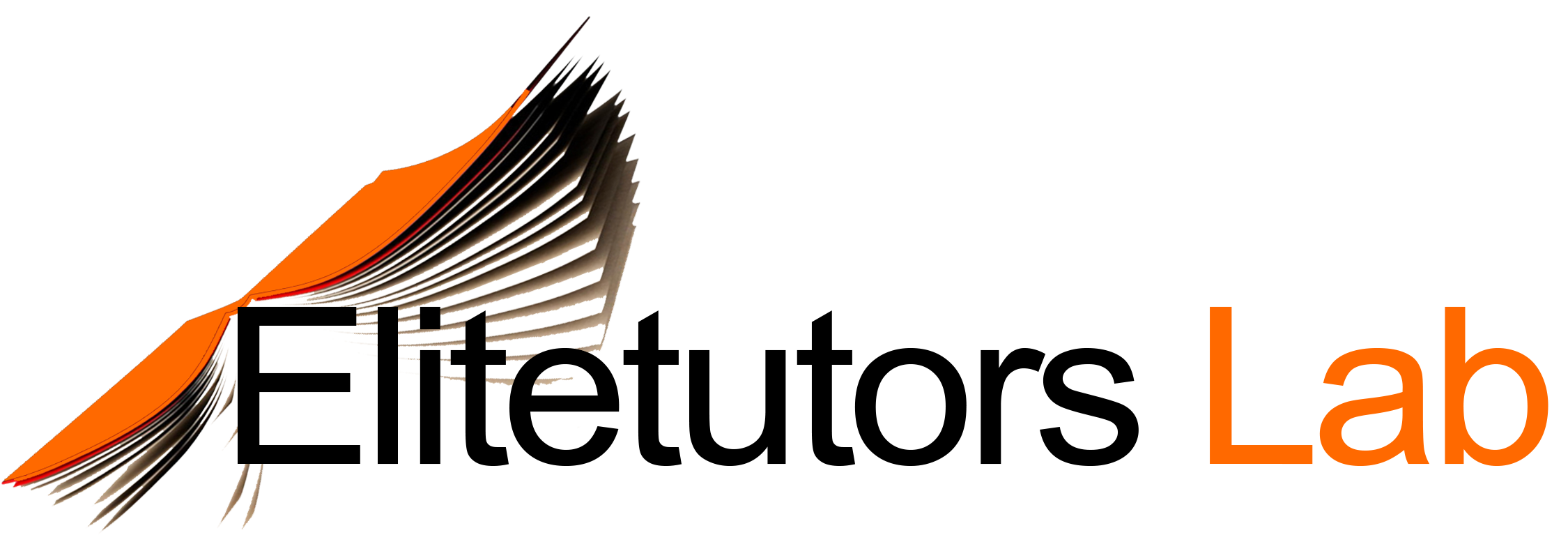DISSERTATION GUIDELINE
Your Dissertation will have three parts:
? Contents (thesis title, name of the researcher, abstract, declaration, acknowledgement, dedication, list of
tables, list of graphs, list of chapters and their headings/subheadings with page number etc. The content
part/section will have Roman page number, i.e. i, ii, iii, iv etc.). The actual page number will be the 1 st page of
your Introduction chapter.
? Body of the Research, (Main part of your dissertation) and,
? References/Appendices, Ethical approval letter (if relevant) etc.
B. Body of the Research will normally have the following 5 chapters:
Each chapter should have chapter number with chapter title at the top middle of a page like the following, and each
chapter should start with a new page. Every chapter will have a small introduction and a conclusion, except the
Introduction chapter will have NO Conclusion and the Conclusion chapter will have NO conclusion section like trhe
following:
CHAPTER ONE
INTRODUCTION
1.1 INTRODUCTION (General introduction from a broader perspective of your topic that should lead your aims and
objectives)
1.2 AIMS AND OBJECTIVES OF THE RESEARCH (not PAPER)
1.4 MOTIVATION FOR THIS RESEARCH
1.5 METHODOLOGY AND DATA (Outline in one paragraph and refer to Chapter Three for details)
1.6 STRUCTURAL SUMMARY OF THE DISSERTATION (Organisational plan of your dissertation, i.e. Which chapter
you will deal with what within a paragraph/half page without breaking your paragraph).
CHAPTER TWO
LITERATURE REVIEW
2.1 INTRODUCTION (State the purpose/objective of this chapter (NOT the purpose/objective of your thesis) and then in
order to achieve this purpose/objective, please state which section of this chapter you will deal with what).
2.2 LITERATURE REVIEW (Here you will develop your theoretical framework). BREAK THIS SECTION INTO
DIFFERENT SUB-SECTIONS ACCORDING TO THE THEME. THESE THEMES SHOULD BE RELATED TO YOUR
AIMS AND OBJECTIVES) and theoretical framework/argument. Normally your literature review should cover: i.
Background to the study field/topic, ii. Relevant Past findings and critical review (rather than just who said what), and, iii.
Linking your aims and objectives with the past findings
2.3 CONCLUSION (conclusion of the chapter, i.e. what you have achieved from the chapter)
CHAPTER THREE
METHODOLOGY AND DATA
3.1 INTRODUCTION (Same as 2.1 of Chapter Two)
3.2 METHODOLOGY and justification/RATIONALE FOR CHOOSING THIS METHODOLOGY
3.3 BREAKDOWN OF METHODOLOGY IN DETAILS BUT IN PRECISE with algebra/equations)
3.4 DATA COLLECTION/sample selection with justification
3.6 DATA ANALYTICAL TOOLS (if necessary)
3.7 CONCLUSION
CHAPTER FOUR
ANALYSIS AND RESULTS
4.1 INTRODUCTION (Same as 2.1 of Chapter Two)
4.2 DATA ANALYSIS: First part of the data analysis should start with the results of the descriptive statistics of your
sample. (IF YOU HAVE MORE THAN ONE METHODOLOGY OR MORE THAN ONE ANALITICAL TOOL, PLEASE
USE THEM IN DIFFERENT SUB-SECTIONS).
IF YOU HAVE COLLECTED DATA THROUGH QUESTIONNAIRE-BASED SURVEY, PLEASE ANALYSE EACH
OF THE QUESTIONS SEPARATELY IN SEPARATE SUB-SECTION. In this case please state the question first and then
analyse that question?s answer underneath.
4.3 THE SUMMARY OF THE RESULTS INTERPRETATION (You summarise all the results with
interpretations/discussion)
4.5 CONCLUSION
CHAPTER FIVE
CONCLUSION
5.1 INTRODUCTION (Same as 2.1 of Chapter Two)
5.2 SUMMARY FINDINGS (IN THIS PART PLEASE STATE THE KEY AIMS AND OBJECTIVES OF YOUR THESIS
AND STATE THE METHODOLOGY YOU HAVE USED AND THEN SUMMARISE YOUR RESEARCH FINDINGS.
THESE FINDINGS WILL BE VERY SIMILAR/same TO SECTION 4.3 OF CHAPTER FOUR).
5.3 POLICY RECOMMENDATIONS (based on your summary findings)
5.4 LIMITATIONS OF THIS DISSERTATION
5.5 SUGGESTIONS FOR FURTHER RESEARCH
